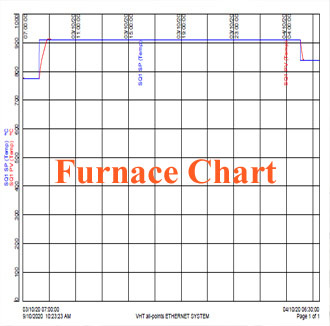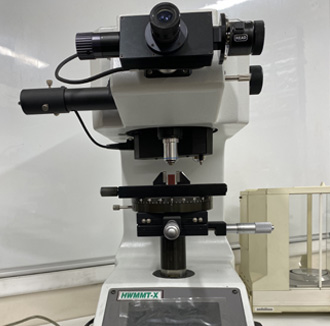Parts upto 575mm Long are processed vertical, upto 1100mm horizontal
Carburise
Case depths frequently undertaken : 0.25-3 mm. Surface hardnesses of 60HRC+, after temper, are achievable.
Carburising is undertaken under a protective endothermic gas atmosphere in sealed quench furnaces. Controlled levels of carbon are diffused into the steel surface at appropriate temperatures to achieve desired case depth. Carburizing followed by hardening produces a hard case with good wear and fatigue resistance and a softer, tough, core. Common alloy case hardening steels processed: EN36, En39B, 4317 (Hycase), 8620, Hollow Bar (20MnV6).
Carburise
Case depth frequently undertaken:0:25-3 mm.Surface Hardnesses of 60HRC+,after temper,are achievable
Carburising is undertaken under a protective endothermic gas atmosphere in sealed quench furnaces. Controlled levels of carbon are diffused into the steel surface at appropriate temperatures to achieve desired case depth. Carburizing followed by hardening produces a hard case with good wear and fatigue resistance and a softer, tough, core. Common alloy case hardening steels processed: EN36, En39B, 4317 (Hycase), 8620, Hollow Bar (20MnV6).
Carbonitride
Case depths frequently undertaken: 0.15-2 mm. Surface hardnesses of 60HRC+, after Temper, are achievable
Carbonitriding is a modification of the carburizing process. Nitrogen, formed by the dissociation of ammonia, is diffused into steel surfaces along with carbon. This has the effect of increasing the hardenability of the case of low carbon, mild steels and free cutting steels. Lower alloy case hardening steels such as 8620 or Hollow Bar may also be carbonitrided.




